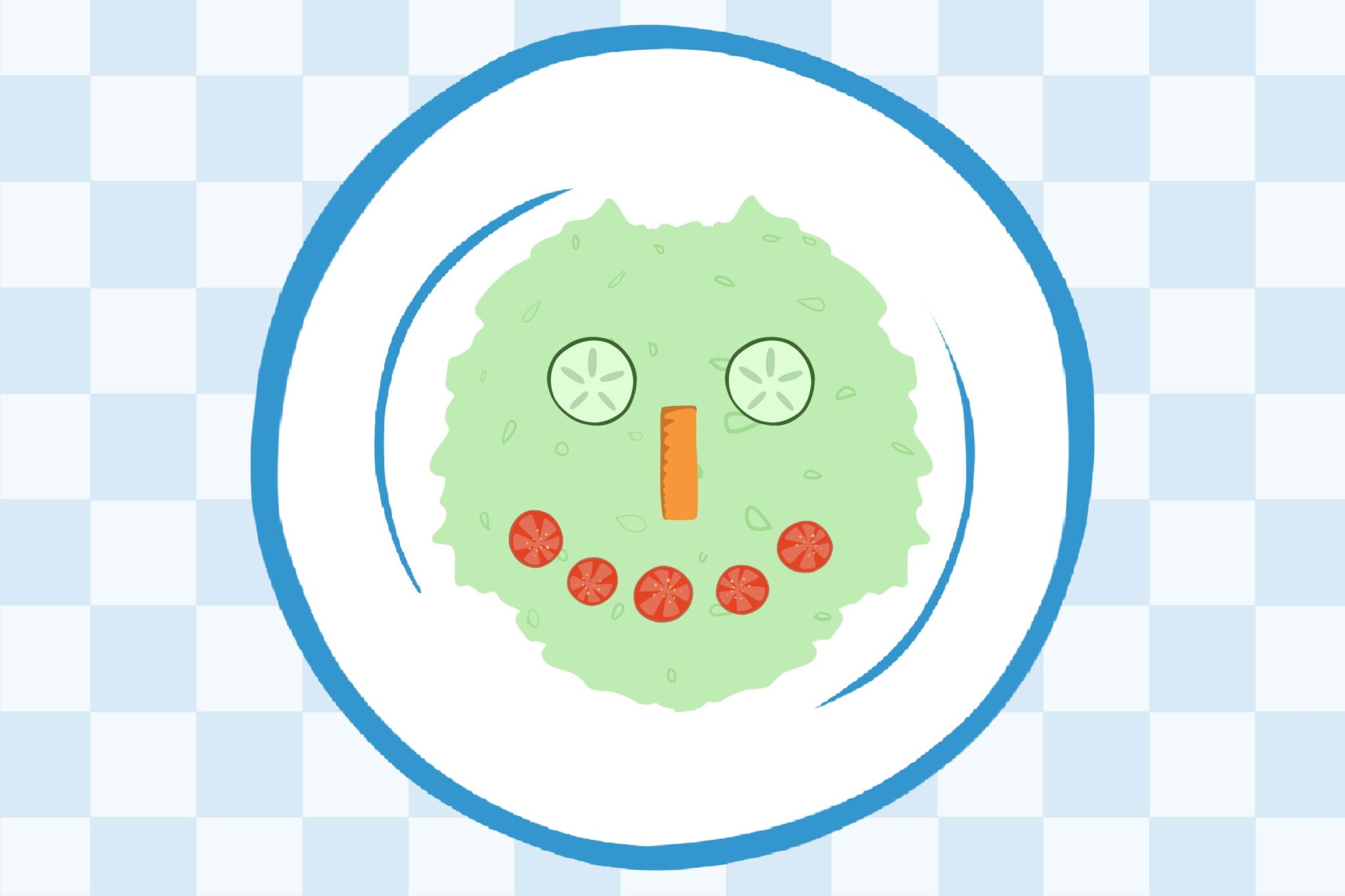3 Awesome Hacks to get Your Baby to eat Healthy


For many parents, just around the time they’ve mastered breast or bottle-feeding, it’s time to think about introducing solid foods—which naturally leads to questions about how to start your baby off on the right foot with a healthy diet. Although it might not seem like it, it’s never too early to start thinking about healthy food choices for your baby, even as they’re just getting started on solid foods.
Here are 3 basic feeding strategies to implement in the early years:
1. The more food variety, the better. Healthy eaters eat a variety of different foods. But babies aren’t born eating this way—they learn to eat like this. During the first 5 years of life, your child will be forming his flavor preferences, which will affect later food choices. If your baby eats few vegetables, chances are veggies will rank low on his food priorities. On the other hand, if your baby gets daily sweets or salty snacks, they may rank high on the list. Your child’s favorite foods and the ones he is willing to eat will reflect the types of foods he is fed on a regular basis. If you keep in mind the 5 food groups (e.g., protein, dairy, grain, fruits, and vegetables) and try to serve up as many different foods within each group, you’ll be on your way to creating a healthy eater.
2. Allow self-feeding. Too often, parents want to control what and how baby eats in order to guarantee cleanliness and adequate intake. But between about 6-8 months of age, your baby can start feeding herself with soft, dissolvable foods. Letting your baby take the lead with self-feeding—such as licking fingers, picking up small bits of food, and starting to use an open-top cup—fosters independence, interest, and learning about food. Even though it can be messy, self-feeding can have huge benefits in the long run. Research shows that children who self-feed may be better able to respond to their appetite signals.
3. Tune in to feeding cues. Your baby’s feeding cues—signs that he is ready to start and stop eating—are some of his first efforts to communicate with you. From crying and showing signs of excitement at mealtime to reaching for more food and turning his head away after eating, your baby is telling you about his appetite. If you can tune into these cues and respond to them appropriately, you will be on your way to feeding the right amounts of food. As a result, your baby will be more likely to rely on hunger and fullness signs rather than on external cues for eating, which in the long run can help prevent overeating and undereating.
Sources:
- Castle JL and Jacobsen MT
- Fearless Feeding: How to Raise Healthy Eaters from High Chair to High School, 2013.
Mennella JA, Trabulsi JC - Complementary foods and flavor experiences: setting the foundation.
Ann Nutr Metab - 2012; 60 Suppl 2:40-50
- Epub 2012 Apr 27.
Black MM and Aboud FE - Responsive feeding is embedded in a theoretical framework of responsive parenting
- J of Nutr
- 2011
- 141: 490-494.
Powered by Bundoo®










































